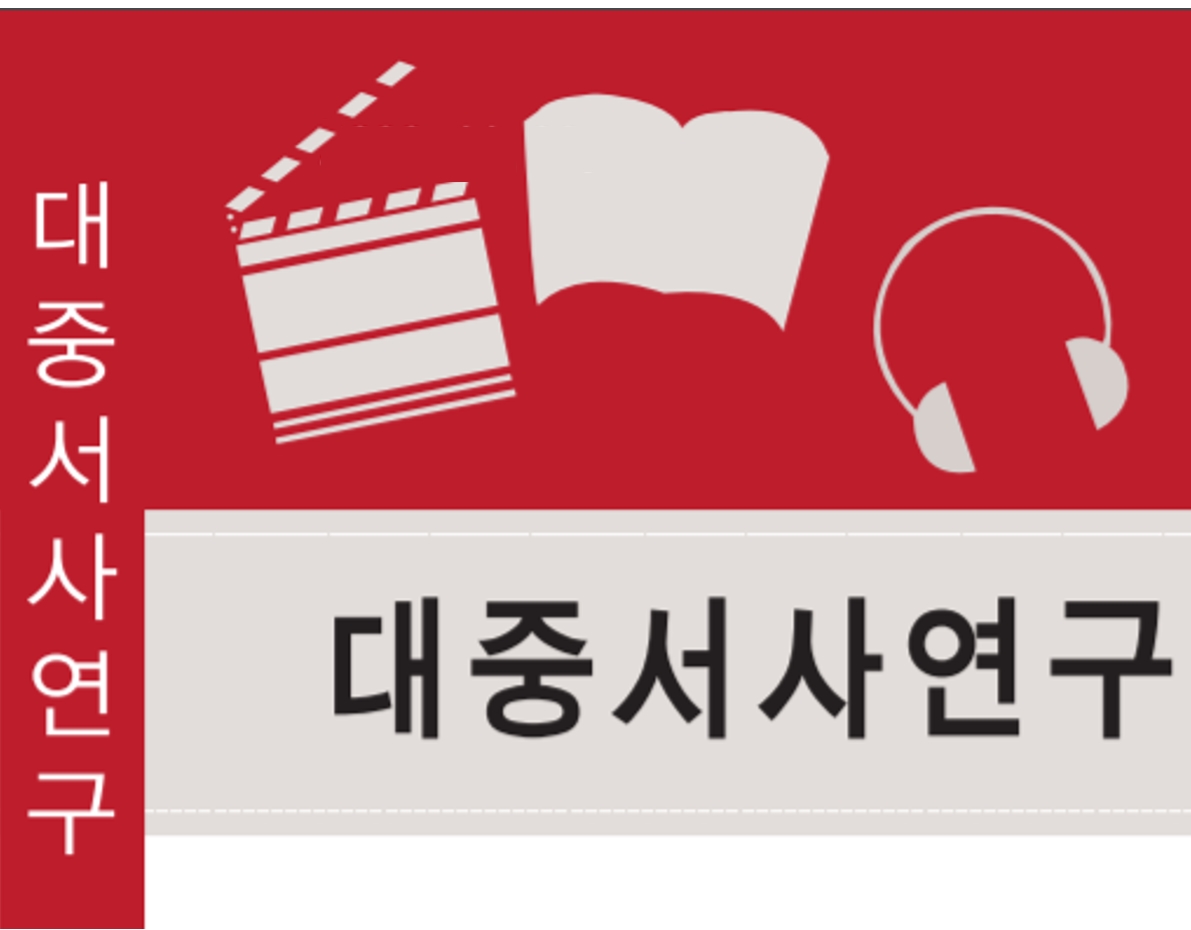대중서사연구
- P-ISSN1738-3188
- E-ISSN2713-9964
 ISSN : 1738-3188
ISSN : 1738-3188
One Aspect of Changed Media in the 60s
Abstract
Explosive popularity of radio dramas that started late 50s drove 'radio heyday' of the 60s; and most of the radio dramas during this period were remade into movies and garnered wide popularity from the public. In order to explore detailed aspects of the changed medium and implication of the time, the paper attempted to analyze three pieces of the representative playwright of the 60s, Han, Woonsa, namely <Till My Life Expires>, <South and North>, and <Under Certain Sky>. During the first half of the 60s, public had a habit of listening to the radio average of 3~5 hours a day, and radio drama was in the process of structuring the public's emotion and taste through its daily undertaking and persistence. While the movie industry was busy copying Hollywood movies and other foreign movies, radio drama made a good deal of Korean formats and among these the typical format is thought to be new-school melodrama. Due to radio drama's movie boom in the beginning of the 60s, that characteristic began to spread to movie's text. The characteristics of radio drama's is the Shin-pa melodrama in the 60s, that seemed to be influenced by Hollywood melodrama format and operetta during Japanese occupation with the Shin-pa flavoring, are slightly more apparent in <South and North> which came into movie during the middle of the 60s. In this period, radio drama wasn't free from dominant ideologies of the time led by public power, such as anti-communist ideology and modernization ideology. At a point of convergence between these ideologies and public emotion and taste, we can discover that contradicting factors, such as cooperation and resistance, existed side by side. It is on this crevice that the Shin-pa melodrama element began to be seen most apparent. Made into movie only a year after its first broadcast, this piece slightly masks anti-communist ideology on the one hand; but on the other, it strengthens melodramatic conflicts and alienates female main character even more; the fact that it manifests more apparent the Shin-pa melodramatic format implicates the internalization of self-contradiction in the forms of cooperation and resistance within the boundary of powerful dominant ideology of the time and the possibility that public emotion and taste might have gradually changed. As mass politics of the Third Repulic began to strengthen in the late 60s, the dominant ideology's usurpation of public emotion grew stronger and this public taste was in the brink of being transformed into ubiquitous structure of the time. The emergence of 1968's <One More Time, Even Though it's Hateful>, which is a symbolization of 'Korean Melo' or 'Shin-pa Melo' in the movie industry, can be analyzed as an output of the continued intake of nutritious matters within the boundary of strengthened radio-drama format. Han, Woonsa's <Under Certain Sky>, which was broadcasted in 1959, was made into movie again 10 years later in 1969 and whose altered text would be an interesting example supporting that hypothesis. By cutting major narrative elements and changing the point of view, the movie focuses only on love between man and woman, and thereby strengthens the piece's melodramatic character. As a result, when female main character searches for her husband in the snowy road and falls down dead calling her husband's name in the last scene of the movie, it acquires the full Shin-pa element. However, this last scene also existed in 1959's radio drama manuscript, and the Shin-pa melodrama format was already formed in radio drama. In conclusion, radio drama since the beginning of the 60s has actively expropriated public emotion and taste of the time and has been forming its own form of new-school melodramatic format; progressing into the mid-60s, its daily undertaking and persistence enabled it to come before a gradual structuring of consumer Habitus and media Habitus. The origin of the Shin-pa melodrama that created a boom in movie industry during late 60s can therefore be said to be retraced back to radio drama and soap opera, in particular, in the golden age of radio in the first half of the 60s. However, this is but a rough hypothesis delving on few limited pieces and there needs to be continuous studies on the matter.
- keywords
- 1960년대, 방송극, 연속극, 영화, 대중 정서, 취향, 한운사, 신파적 멜로드라마, 이데올로기, 아비튀스, 1960s, broadcastig drama, drama series, cinema, public emotion and tast, Han, Woon-sa, Shin-pa melodrama, ideology, Habitus
Reference
한운사, 「이 생명 다하도록」, 한국방송작가협회 방송대본디지털도서관. http://www.daevon.or.kr
「어느 하늘 아래서」, 한국방송작가협회 방송대본디지털도서관. http://www.daevon.or.kr
「남과 북」, 한국방송작가협회 방송대본디지털도서관. http://www.daevon.or.kr
「방송」, 1959 가을호 · 1960년 여름호 · 송년호, 대한방송사업회.
「방송문화」, 1962년 12월호·1963년 6월호·7월호, 공보국 방송관리국 방송문화연구실.
「사상계」, 1964 11월호, 사상계사.
「PD연합회보」, 1992년 9월호, 한국프로듀서연합회
김영희, 『한국의 라디오시기의 라디오 수용현상』, 「한국언론학보』47권1호, 2003, 140-165쪽.
변재란, 『한국영화사에서 여성관객의 영화관람 연구』, 중앙대 대학원, 박사학위논문, 2000, 58, 109-114, 141-152쪽.
윤석진, 『1960년대 단막극 연구』, 「한국극예술연구』제10집, 한국극예술학회, 1999, 55-92쪽.
윤석진, 『극작가 한운사의 방송극 연구』, 「한국극예술연구』제24집, 한국극예술학회, 2006, 145-185쪽.
이순진, 『한국영화사연구의 현단계』, 「대중서사연구』제12호, 대중서사학회, 2004, 187-221쪽.
이영미, 『50년대 방송극 -연속극의 본격적 시작』, 「대중서사학회」, 대중서사학회, 2007, 105-148쪽.
이영미, 『신파양식의 세상에 대한 태도』, 「대중서사연구」, 대중서사학회, 2003, 7-33쪽.
이호걸, 『신파양식 연구-남성신파 영화를 중심으로』, 중앙대 첨단영상대학원 박사학위논문, 2007, 147-149쪽.
임종수, 『한국방송의 기원: 초기 라디오 방송에서 제도, 편성, 장르의 형성과 진화』, 「한국언론학보』48권6호, 한국언론학회, 2004, 381-383쪽.
정영권, 『60년대 한국전쟁멜로드라마의 욕망과 좌절』, 「영화연구』33호, 2007, 107-133쪽.
조종혁, 『미디어 아비튀스와 상징폭력』, 「커뮤니케이션 연구」, 한국커뮤니케이션 학회, 2007, 31-61쪽.
김소연 외, 「매혹과 혼돈의 시대-50년대 한국영화」, 소도, 2003.
금성사, 「금성사 35년사 1958-1993」, 금성사, 1993.
삐에르 부르디외, 정일준 역, 「상징폭력과 문화 재생산」, 새물결, 1997.
윤석진, 「한국멜로드라마의 근대적 상상력」, 푸른사상, 2004.
이영일, 「한국영화전사 개정증보판」, 소도, 2004.
조항제, 「한국 방송의 역사와 전망」, 한울아카데미, 2003.
주유신 외, 「한국 영화의 근대성」, 소도, 2001.
최창봉 · 강현두, 「우리 방송 100년」, 현암사, 2001.
한운사, 「구름의 역사」, 민음사, 2006.
홍성민, 「문화와 아비튀스」, 나남, 2000.
한국영상자료원.http://www.koreafilm.or.kr/main/main.asp
- Downloaded
- Viewed
- 0KCI Citations
- 0WOS Citations
